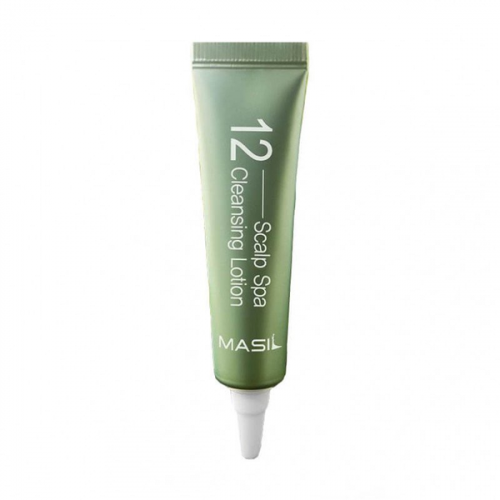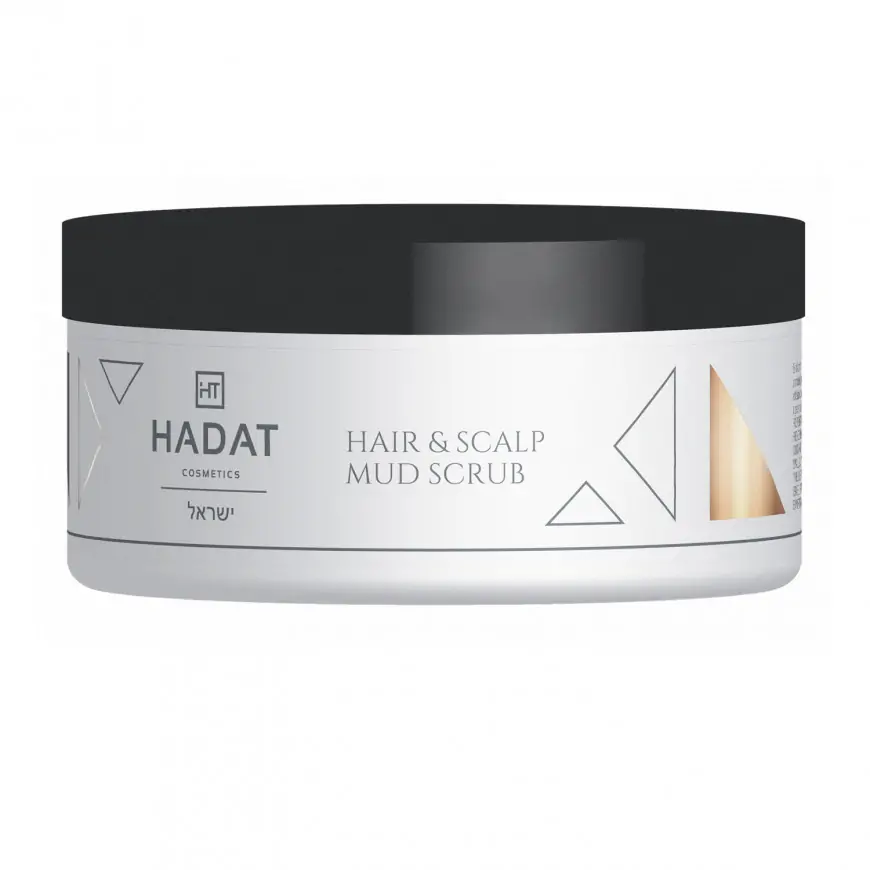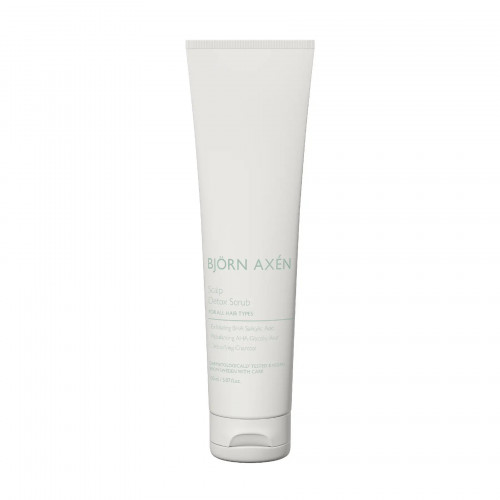We are increasingly hearing claims that scalp peeling is a necessary part of hair care. But is this really true?

Scalp Peeling: Trend or Must-Have?
Masks, conditioners, leave-in creams, serums, oils – there are so many products for the beauty and health of your hair! However, the scalp usually only gets shampoo. But is that enough? The health of your hair, its growth rate, and its overall condition largely depend on the state of your scalp.
Today, we will discuss a product specifically designed for the scalp – peeling. In this article, we’ll answer all your questions and help you understand if scalp peeling is an essential part of your hair care routine or just another trend.
How does scalp peeling work?
Like the skin on your face or body, your scalp needs proper cleansing from dead skin cells, sebum, and styling product residues. Peeling helps exfoliate dead cells, deeply cleanses pores, and stimulates skin renewal. Additionally, it promotes better blood circulation, which positively affects hair growth. And as a bonus, your scalp feels fresher for longer, and your hair retains more volume at the roots!
Why do you need peeling if you wash your hair regularly?
Regular and proper cleansing with a suitable shampoo is undoubtedly the most important part of scalp care. However, over time, residues from care products like conditioners, oils, styling products, and even shampoos accumulate. As a result, you might experience feelings of incomplete cleanliness, loss of volume, itching, clogged pores, dandruff, and, in the long run, hair loss.
Therefore, we recommend adding scalp peeling to your home care routine. It’s especially beneficial if you have oily skin, are prone to dandruff or seborrheic dermatitis, or if you frequently use styling products and sulfate-free shampoos.
P.S. About how to choose the right shampoo – read here.
Does peeling damage the hair?
A properly selected peeling product won’t damage your hair – on the contrary, it improves its condition. A clean scalp allows hair follicles to receive more oxygen and nutrients, which strengthens them. Moreover, it’s an excellent method for combating dandruff, as peeling removes not only dead cells but also the residues of styling products that accumulate and can cause irritation.
What types of peeling exist?
There are several types of scalp peeling:
- Mechanical peeling (scrub) – contains small particles that physically exfoliate dead skin cells. Suitable for non-sensitive, oily, and normal scalp types that are not prone to irritation or breakouts.
- Chemical peeling – contains acids (BHA and AHA), which gently dissolve impurities and dead skin cells. Suitable for all skin types, including sensitive and dry skin.
- Combined peeling – contains a mix of acids with soft abrasive particles that quickly dissolve upon contact with water. This has a gentler exfoliating effect compared to mechanical peelings, with exfoliation primarily achieved through the acids.
Examples of products:



How to use scalp peeling correctly?
Using a peeling or scrub for your scalp doesn’t require much effort, but there are certain recommendations to follow to achieve the desired effect:
- Divide your hair into sections before applying the peeling.
- Apply the peeling only to the scalp, avoiding the hair (as much as possible).
- Gently massage the peeling in with soft circular motions.
- Leave it on for the time indicated by the manufacturer, then rinse it off with water.
- After using the peeling, wash your scalp with shampoo.
How often should you use peeling?
The frequency of peeling depends on your skin type and hair condition. For oily and normal scalps, peeling can be done once a week, while for dry or sensitive scalps – once every two weeks.
Even though the results from peeling can be impressive and tempting to use it more often, overuse should be avoided. Excessive peeling can disrupt the protective barrier of the scalp, leading to itching, flakiness, redness, and dandruff.
Additionally, to achieve the best results, always read the manufacturer’s recommendations and warnings regarding usage. Some peelings should be applied to a dry scalp before shampooing, others on damp skin, and still others on clean skin after washing with shampoo.
Listen to your skin: if it starts to flake or you feel discomfort, reduce the frequency of peeling or switch to a different product.



Leave a Comment